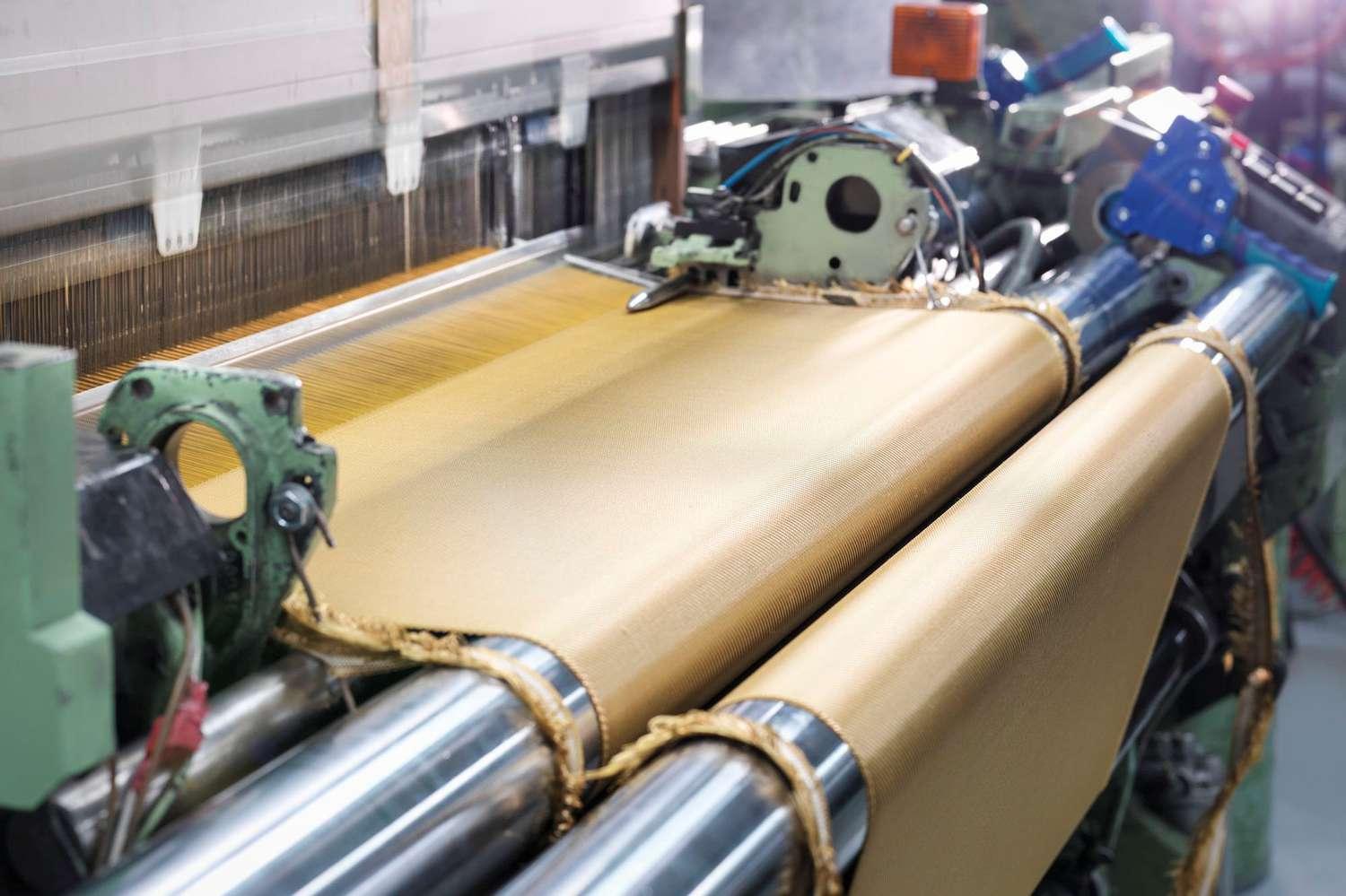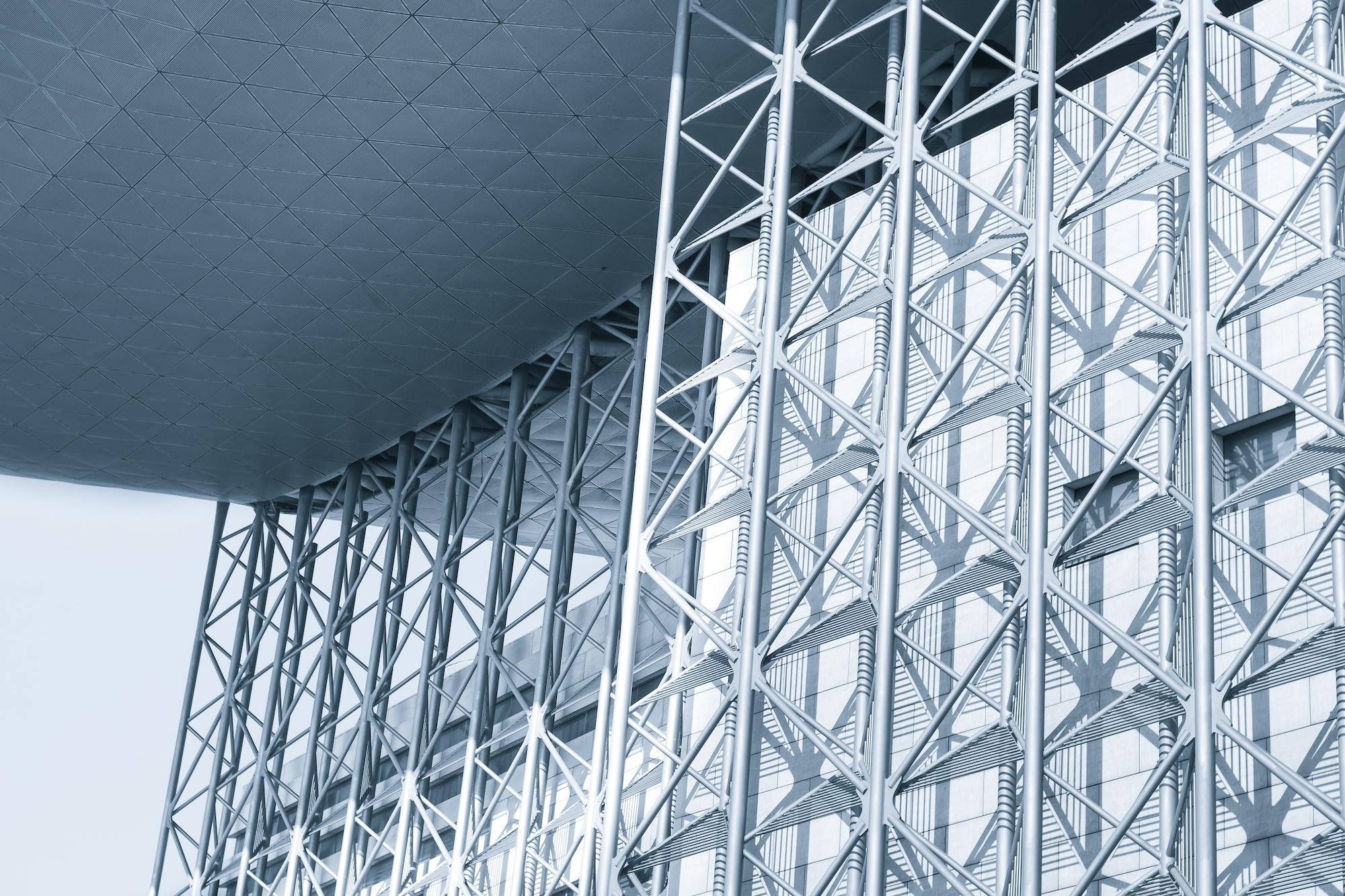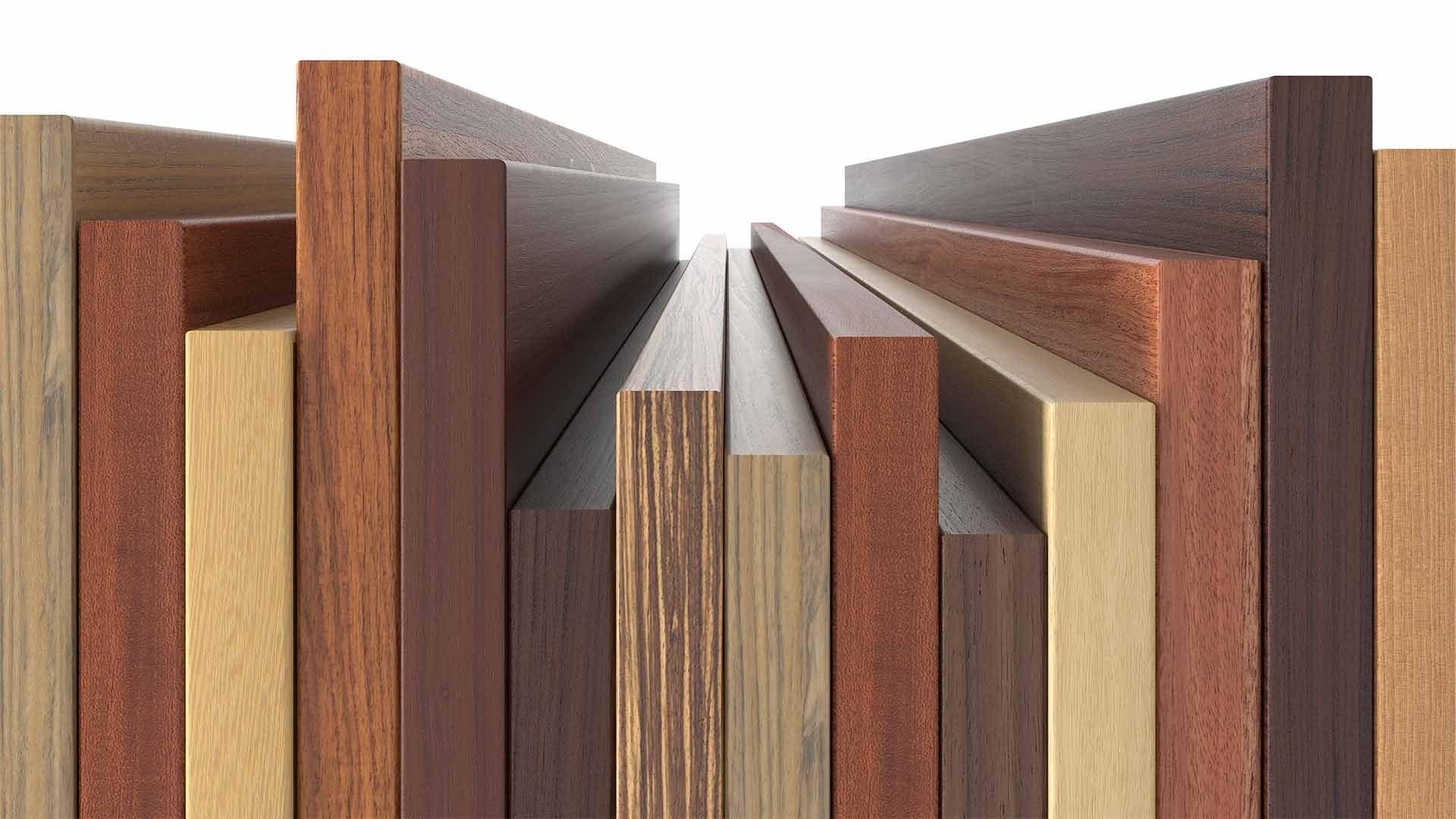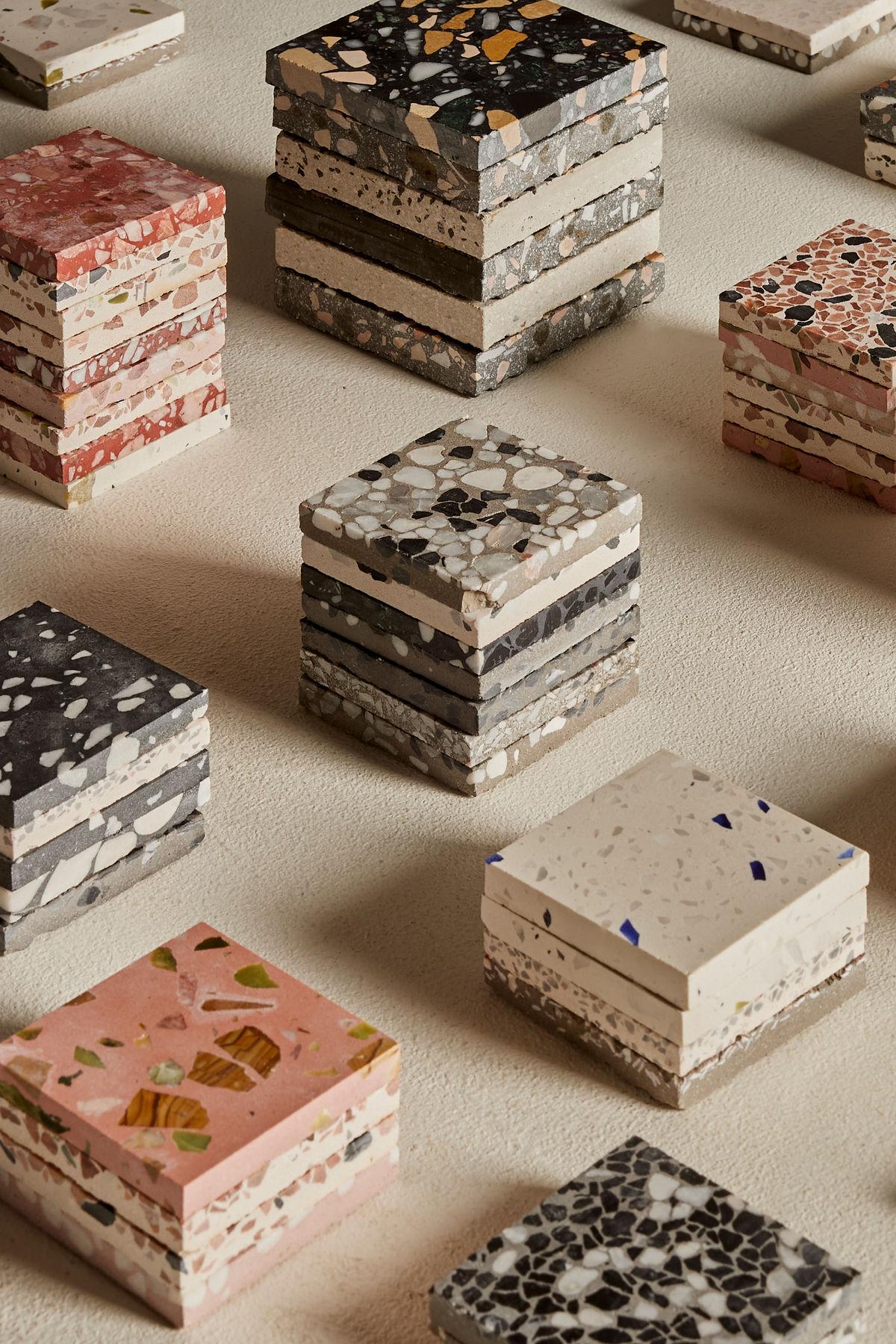The Art of Construction-Great wall of China
Jan 16 • 5 min read
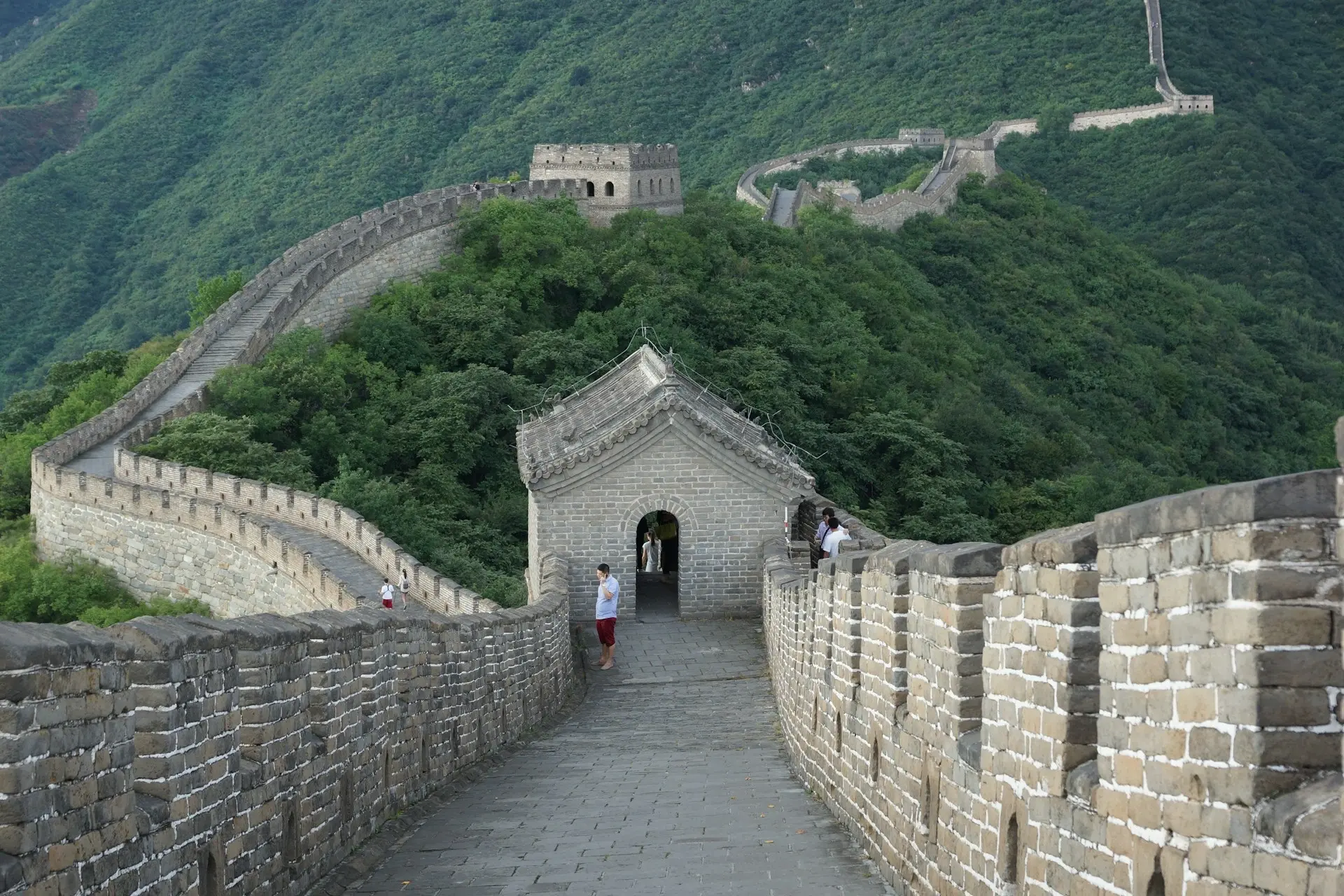
The Great Wall of China is one of the most famous structures in the world, known for its immense size and historical significance. But beyond its sheer scale, there's an intriguing engineering secret that helped ensure its durability—sticky rice. Used in the wall's mortar, sticky rice played a key role in making the Great Wall resistant to earthquakes and other natural forces. Let's explore how this simple ingredient contributed to the wall's long-lasting strength.
Why Was Sticky Rice Used in the Great Wall's Mortar?
The use of sticky rice in the Great Wall’s mortar may seem unusual, but it was a strategic choice based on its chemical properties. Sticky rice, when cooked, releases amylopectin, a type of starch that has a high level of viscosity and adhesive properties. When mixed with lime (calcium oxide), the rice starch creates a bond that is both strong and elastic. This made sticky rice an excellent ingredient for mortar in regions prone to shifting ground and extreme weather.
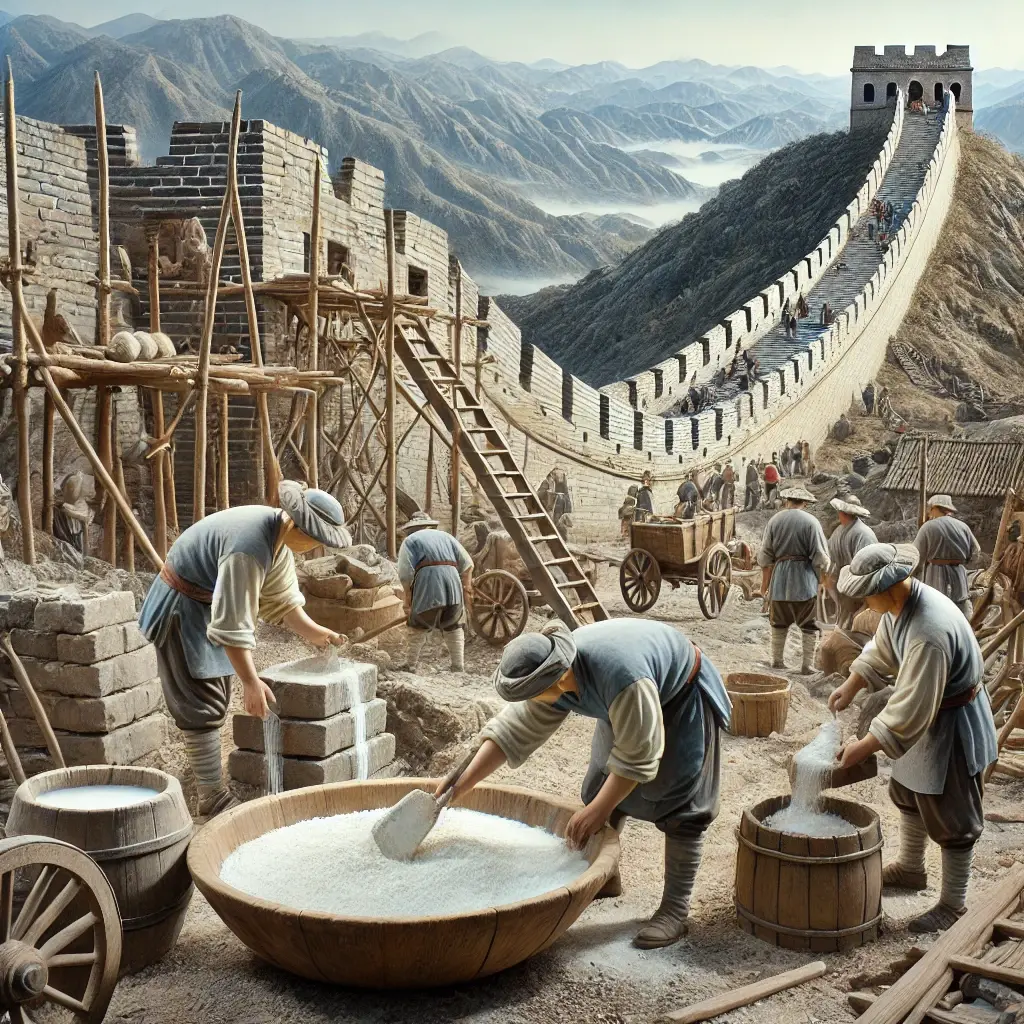
Unlike traditional mortar mixtures made with simple lime or clay, the rice starch adds flexibility and shock-absorbing qualities to the mixture, which helps to counteract the forces of nature. The result was a mortar that held up better over time, even under stress from natural events like earthquakes and heavy rainfall.
What Does Sticky Rice Do to the Mortar?
The primary benefit of adding sticky rice to mortar is the enhanced cohesion it provides. When sticky rice starch is mixed with lime, the starch molecules bond with calcium ions from the lime, forming a compound known as calcium silicate hydrate. This compound acts as a powerful binder that creates a highly adhesive structure, ensuring the mortar holds the bricks of the Great Wall together securely.
This mixture also enhances the molecular flexibility of the mortar. Sticky rice's amylopectin helps the mortar resist cracks because of its ability to absorb and distribute stress evenly. This ability to adapt to environmental conditions, like moisture and pressure, makes the mortar resistant to vibration and shockwaves, especially during earthquakes.
How Did Sticky Rice Help the Wall Resist Earthquakes?
The Great Wall of China stretches over a vast and diverse terrain, with several sections running through regions susceptible to earthquakes. One of the key engineering challenges was ensuring that the structure could withstand seismic forces. Traditional mortar made from lime and sand is often brittle, and under seismic stress, it can crack, causing structural damage.
The sticky rice mortar, however, provided a significant advantage. The flexible nature of sticky rice’s starch allowed the mortar to behave more like a shock absorber than a rigid compound. The mixture’s ability to expand and contract under stress helped prevent cracks from forming during earthquakes. This was especially important for a structure as massive as the Great Wall, which spans thousands of miles and is subject to continuous stress from both the natural environment and human activity.
Furthermore, the use of sticky rice helped in reducing the brittleness often seen in traditional construction materials. The elasticity and ductility of the rice-based mortar allowed the wall to adapt to shifts in the ground without compromising the integrity of the structure.
Why Was Sticky Rice a Sustainable Solution for the Wall?
In addition to its engineering advantages, using sticky rice as a primary mortar ingredient was also a cost-effective and sustainable solution. Rice was a widely available crop in China, especially during the time of the Wall's construction, so using it for mortar reduced the need for expensive or imported materials. Lime, another key ingredient in the mortar, was also readily available.
The rice-lime mortar also exhibited moisture resistance, making it ideal for a wall built in a region with varied weather conditions, including frequent rain, humidity, and snow. The natural preservative qualities of rice starch helped prevent decay and erosion, ensuring that the wall’s mortar would remain intact for centuries.
In contrast to modern cement, sticky rice-based mortar is a more environmentally friendly option, as it is biodegradable and made from locally sourced materials. This combination of sustainability and durability made it an excellent choice for such a monumental structure.
How Did Sticky Rice Contribute to the Wall’s Longevity?
The longevity of the Great Wall is directly linked to the resilience of its construction materials. Over time, traditional mortar can weaken due to weathering or physical stress, but the sticky rice mortar has shown an incredible ability to endure. The moisture-resistant properties of sticky rice helped the mortar retain its strength and prevent erosion.
Additionally, the mortar's flexibility ensured that the Great Wall could better withstand both seismic activity and weathering, which might otherwise cause cracks or structural failures. The ability of sticky rice to retain moisture within the mortar also ensured that the material did not dry out and lose its strength over time.
The Great Wall's durability is not just the result of the materials used but also the scientific understanding of the properties of these materials by the ancient builders. By incorporating sticky rice, the builders enhanced the mortar’s performance and created a structure capable of withstanding the harshest natural conditions.
What Can We Learn from the Great Wall's Sticky Rice Mortar?
The use of sticky rice in the Great Wall’s mortar is a remarkable example of traditional engineering. By combining local, natural resources in a smart way, the builders created a mortar that was both strong and flexible, allowing the Wall to survive the test of time. Modern engineers can learn from the Great Wall's construction, as it demonstrates the importance of resourcefulness, environmental compatibility, and sustainability in building long-lasting structures.
The sticky rice mortar is also an early example of green construction materials. As the world continues to explore eco-friendly alternatives to traditional construction materials, the Great Wall stands as a testament to how sustainable, locally sourced ingredients can create resilient, enduring infrastructure.
Conclusion: The Timeless Strength of Sticky Rice Mortar
The use of sticky rice in the mortar of the Great Wall of China wasn’t just an interesting historical fact—it was a practical engineering solution that helped the wall resist the forces of nature for centuries. By combining rice starch with lime, builders created a mortar that was both flexible and durable, ensuring the Wall’s stability in the face of earthquakes, weathering, and time. The Great Wall’s enduring strength is a testament to the ingenuity of ancient engineers and the timeless value of sustainable materials.
Image
https://parametric-architecture.com/the-great-wall-of-china/
Our Clients








Related Blogs

